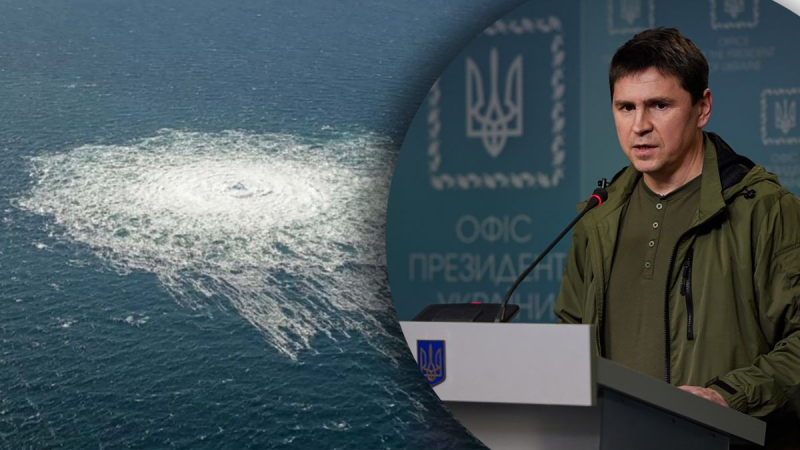
The New York Times published an article citing intelligence sources that said “non-governmental groups that could include Russians and Ukrainians” were behind the explosion of the Nord Stream gas pipelines in the Baltic Sea. The president's office commented on this information.
Mikhail Podolyak, adviser to the head of the President's Office, stressed that Ukraine had nothing to do with sabotage at Nord Stream.
“While I like to collect interesting conspiracy theories about the Ukrainian government, I must say: Ukraine has nothing to do with the incident in the Baltic Sea and has no information about “pro-Ukrainian subversive groups.” What happened to Nord Stream? they say in the Russian Federation itself…” Podolyak wrote.
What the NYT writes in its material
The article claims that new US intelligence indicates the involvement of a “pro-Ukrainian group” in the sabotage, which included opponents of Russian President Vladimir Putin. More specific information about who exactly was behind the organization of the Nord Stream explosions is not given.
“Officers who reviewed the intelligence said they believed the saboteurs were most likely citizens of Ukraine or Russia, or both,” the New York Times article notes.
The material also indicates that there is no evidence of involvement in the attack of either the official authorities of Ukraine or citizens of the United States or Britain, which was repeatedly said in the Kremlin, nor the government of Russia, which Kiev and some European countries considered guilty of blowing up their own gas pipelines to destabilize the energy market in Europe.
How the explosives were planted: NYT version
The NYT's interlocutors are inclined to believe that the explosives were planted on Nord Stream with the help of experienced divers who did not work for the military or intelligence services, “but it is possible that the perpetrators have received specialized state training in the past.”
Separately, the NYT notes that sources are “divided about how important the new information is,” but expressed optimism that in the future they will be able to obtain more information about the sabotage, which will allow them to identify those involved.

